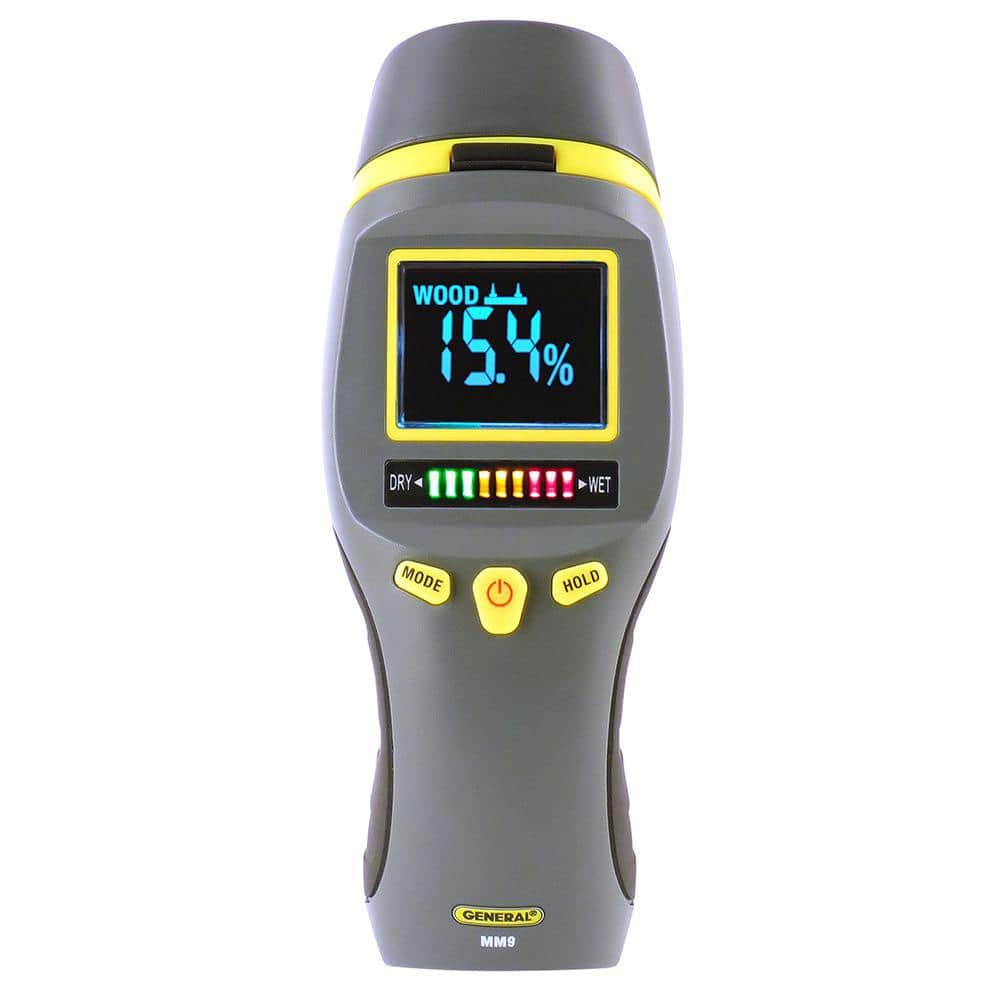Understanding the Relevance of a Moisture Meter in Avoiding Mold and Water Damages in Your Home
In the world of home maintenance, the existence of moisture can typically be a quiet yet powerful adversary, efficient in causing prevalent mold and mildew growth and insidious water damages if left uncontrolled. Among the peaceful setting of a home, concealed moisture concerns can brew underneath the surface, positioning a risk to both property and health and wellness. However, equipped with the right tools and understanding, property owners can proactively combat these possible risks. Understanding the importance of a dampness meter in this battle is not just a choice but a tactical requirement.

Significance of Wetness Detection
Efficient wetness discovery methods are crucial for protecting residential or commercial properties and protecting against prospective mold and mildew growth and water damage. Wetness can permeate right into various structure products, bring about architectural issues and carcinogen - Moisture Meter. By utilizing a dampness meter, property proprietors can proactively identify locations susceptible to excess wetness, permitting timely intervention and mitigation approaches
Moisture meters provide precise analyses of wetness levels in different materials such as timber, concrete, and drywall. This information aids in determining areas of concern, even in hard-to-reach or surprise areas. Early discovery of dampness accumulation makes it possible for timely fixings or adjustments to protect against further damage.

How Wetness Meters Job
Dampness meters play a critical function in the aggressive recognition of excess moisture, aiding in the prevention of prospective mold and mildew growth and water damages by supplying accurate readings of moisture degrees in different structure materials. These gadgets work based on different principles, relying on their kind. Pin-type dampness meters, for example, have 2 pins that permeate the product to gauge the electric resistance between them. When moisture is existing, it improves the product's conductivity, resulting in a lower resistance analysis. Pinless moisture meters, on the various other hand, use electromagnetic sensing units to scan the product without triggering damage. These sensors give off electro-magnetic signals that penetrate the material and measure the dielectric residential or commercial properties, showing moisture material. Some progressed moisture meters integrate both pin and pinless technologies for comprehensive dampness discovery. Understanding just how moisture meters function is necessary for exact and prompt moisture level analyses, enabling reliable preventative measures against mold and water damages.
Detecting Early Warning Indicators
Upon first examination of a residential or commercial property, identifying subtle signs of excess wetness comes to be vital in the very early discovery of possible mold development and water damages. Water spots can signify leaks or seepage, while peeling off paint or wallpaper might be an outcome of wetness jeopardizing the attachment of these materials to the surface. Furthermore, an increase in allergy click signs and symptoms or breathing problems amongst occupants might suggest the existence of mold due to excess moisture.


Avoiding Mold And Mildew Growth
Recognizing very early caution indications of excess moisture within a building not just allows punctual discovery of potential mold growth and water damages however also offers as a proactive measure in preventing the proliferation of mold and mildew. To successfully stop mold and mildew development, it is crucial to address any kind of resources of dampness quickly.
Along with resolving moisture resources, maintaining interior humidity levels below 60% can considerably hinder mold and mildew growth. Correct air flow, sufficient see post insulation, and using ac unit or followers can assist manage indoor humidity degrees. Keeping track of dampness degrees in areas prone to wetness, such as cellars and creep rooms, making use of a moisture meter can likewise assist in very early detection of raised wetness levels and potential mold growth. By taking Learn More Here positive measures to protect against excess dampness and mold development, property owners can protect their residential property and interior air top quality.
Benefits of Routine Surveillance
Routine tracking of wetness levels in a building can play an important duty in preserving a healthy interior setting and protecting against potential mold and mildew and water damages. By routinely inspecting wetness degrees, property owners can identify any concerns promptly and take essential actions to stop mold development and water damages. Among the crucial benefits of routine monitoring is very early detection. By recognizing and attending to high wetness degrees early, property owners can interfere before mold and mildew has the chance to create and spread out. This positive approach can save both time and cash in the future by stopping substantial mold and mildew removal and repair service prices (Moisture Meter).
In addition, routine monitoring allows property owners to track patterns and fads in dampness degrees over time. Eventually, the regular monitoring of wetness degrees encourages house owners to secure their home, secure their health, and protect the honesty of their interior setting.
Verdict
In verdict, the usage of a moisture meter is vital in stopping mold and water damages in homes. By detecting very early caution indications of moisture, homeowners can take positive procedures to prevent mold growth and costly repairs.
By using a moisture meter, residential property owners can proactively identify areas prone to excess moisture, enabling for timely treatment and mitigation techniques.
Dampness meters provide exact readings of dampness levels in different materials such as drywall, timber, and concrete.Wetness meters play a pivotal function in the aggressive identification of excess wetness, aiding in the avoidance of potential mold growth and water damages by providing precise analyses of moisture levels in numerous building products. Understanding just how moisture meters function is important for prompt and exact dampness degree analyses, enabling effective precautionary procedures against mold and mildew and water damages.
Monitoring moisture levels in locations vulnerable to moisture, such as basements and creep rooms, using a wetness meter can additionally aid in very early detection of elevated dampness levels and prospective mold and mildew development.